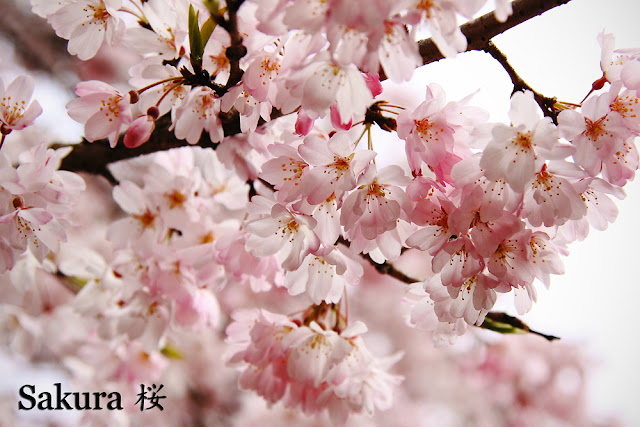 |
| Sakura Trees around Yasukuni Shrine |
 |
| Entrance to Yasukuni Shrine |
This is my third article about Sakura viewing spots in Tokyo. In this article, I will introduce three more fantastic sakura viewing locations, namely Yasukuni Shrine, Shinjuku Gyoen and Inokashira Park.
To access my previous articles on Sakura in Tokyo, click the titles below:
To access my previous articles on Sakura in Tokyo, click the titles below:
Due to the current radioactive scare caused by the damaged Fukushima nuclear power plant, I believe many have cancelled their Sakura viewing trip to Japan this year. I hope that the nuclear crisis can be overcome soon and people can start visiting Japan again next year. While praying for the recovery from the disaster suffered by Japan, these Sakura in Tokyo articles and pictures will serve as an alternative for Hanami (sakura viewing) online. Note that these pictures were taken in Tokyo last year, while actual sakura has only started to bloom at the time this articles is written. They are fore-casted to reach full bloom in about one week from now.








